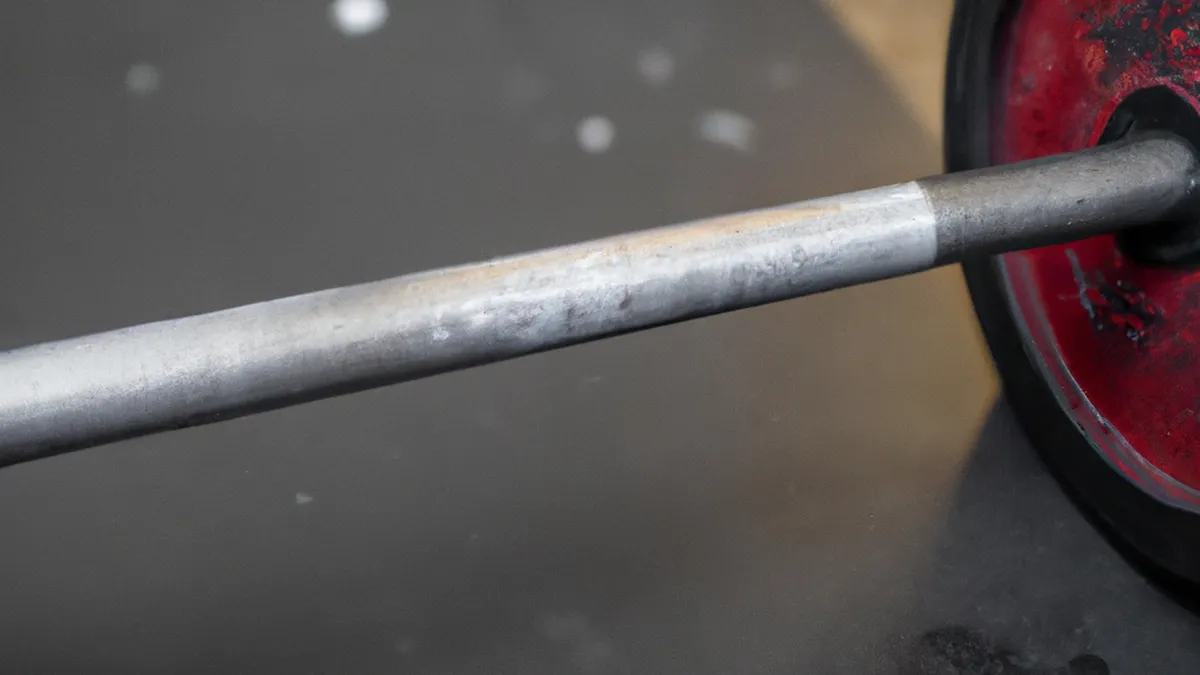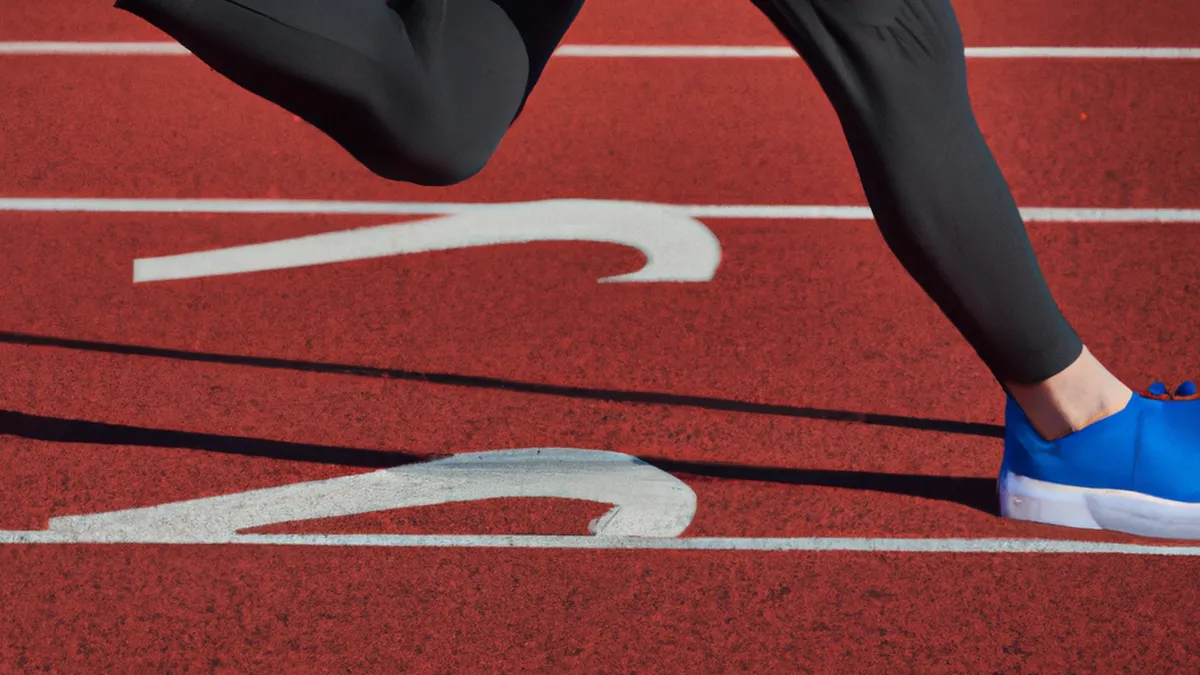Rest and Restore: Lifters’ Recovery Essentials
Rehab Protocols for Lifters: A Comprehensive GuideInjuries frustrate lifting regimens. Dedicated athletes push limits to achieve goals, but setbacks can occur. A solid rehabilitation protocol helps manage injuries and ensures safe returns to the gym. This guide offers insights into the rehabilitation process for lifters.
Understanding the Basics of Rehab
Rehabilitation starts with understanding your injury. Assess the pain, its nature, and location. This step forms the foundation for recovery. If you’re unsure about your injury, consult a healthcare professional for a proper diagnosis.After understanding your injury, focus on restoring your range of motion. Ensure you regain normal mobility before heavy lifting. Gentle stretching and passive movements aid this process. Avoid movements that increase pain. Gradually intensify stretches as your tolerance improves, preparing your muscles and joints for lifting.
Guidelines for a Successful Rehab
As an Amazon Associate I earn from qualifying purchases.
Gear tip: consider compression sleeves, compression socks, and percussive massager to support this topic.
1. Follow the RICE Method
The RICE method effectively manages acute injuries. RICE stands for Rest, Ice, Compression, and Elevation. Here’s a breakdown of each component:- **Rest**: Allow your body time to heal. Temporarily refrain from painful activities. Listen to your body during this phase. – **Ice**: Apply ice to the injured area to reduce swelling and inflammation. Ice for 15-20 minutes every couple of hours, especially within the first 48 hours post-injury.- **Compression**: Use elastic bandages to apply gentle compression. This helps minimize swelling. Ensure the wrap isn’t too tight to avoid complications.- **Elevation**: Keep the injured area elevated above heart level to reduce swelling. Prop the limb on pillows or cushions when resting.
2. Gradual Progression
After the initial recovery phase, slowly reintroduce activity. Start with low-impact exercises that don’t strain the injured area. Swimming, cycling, or walking maintain fitness while minimizing stress on your injury.As you regain strength and confidence, gradually increase workout intensity and volume. Follow the 10% rule: increase load, distance, or duration by no more than 10% each week. This method prevents re-injury and helps your body adapt to increased demands.
Conclusion
This guide summarizes effective rehabilitation protocols for lifters. Focus on understanding your injury, following the RICE method, and gradually progressing your activity.
Below are related products based on this post:
FAQ
What is the first step in the rehabilitation process for lifters?
The first step in the rehabilitation process is to understand your injury. This involves assessing the pain, its nature, and location, which forms the foundation for recovery. If there is uncertainty about the injury, it’s essential to consult a healthcare professional for a proper diagnosis.
What does the RICE method stand for?
The RICE method stands for Rest, Ice, Compression, and Elevation. Each component plays a crucial role in managing acute injuries, helping to reduce swelling and promote healing effectively. Following this method can significantly aid in the recovery process.
How should I progress my activities after an injury?
After the initial recovery phase, it’s important to gradually reintroduce activity. Start with low-impact exercises and follow the 10% rule, which suggests increasing load, distance, or duration by no more than 10% each week to prevent re-injury. This approach helps your body adapt to increased demands safely.















Post Comment